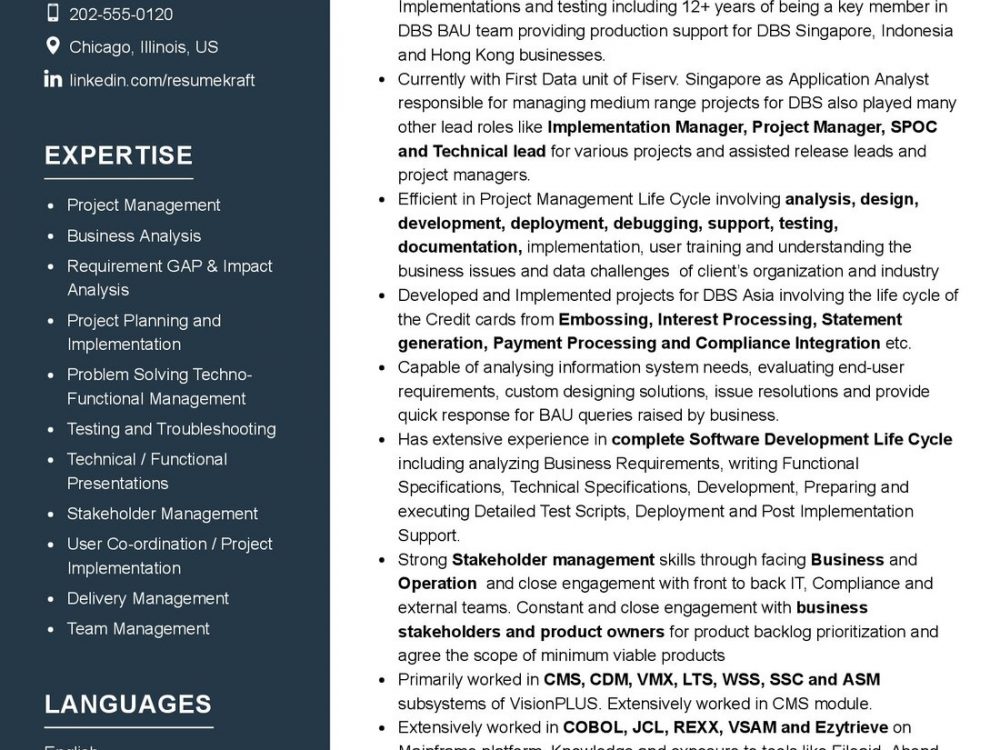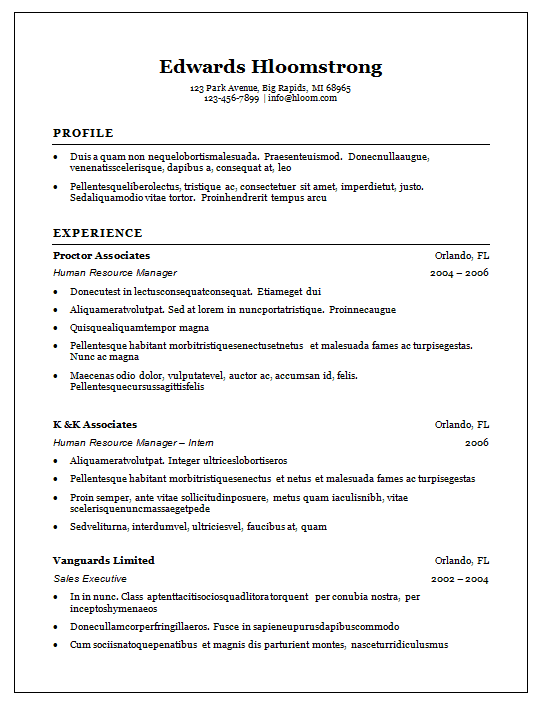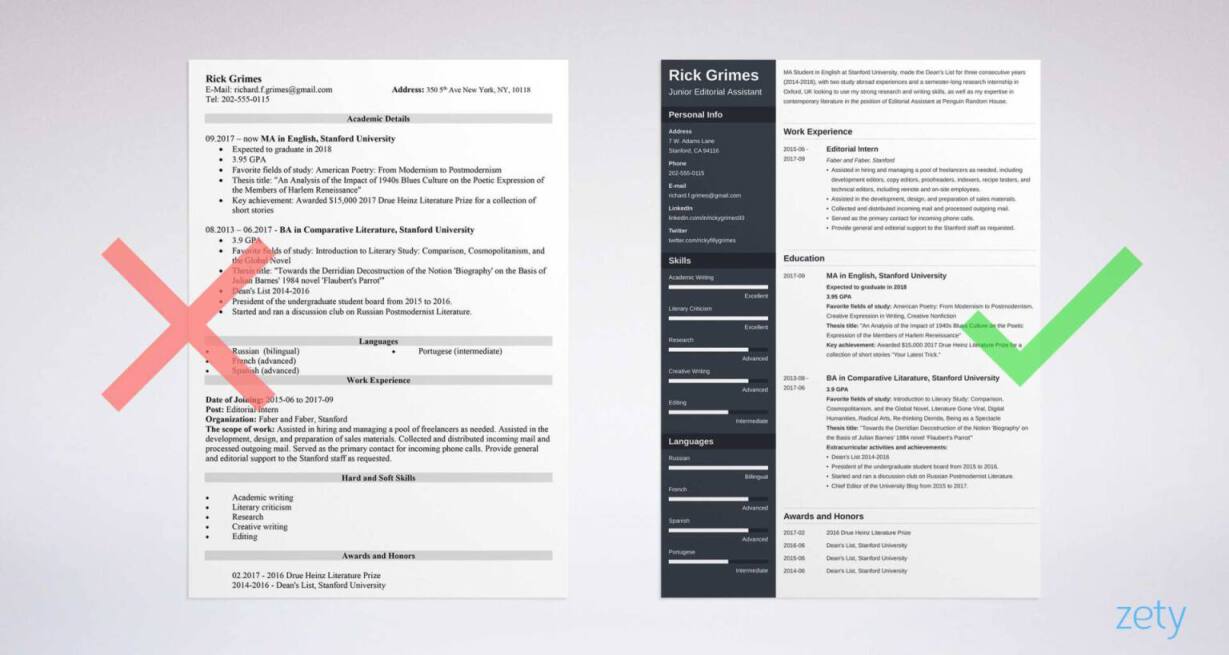

Use a functional resume format if you’re new to the industry but want to emphasize the skills you’ve developed in school.

With some work experience, between three and ten years, your best choice is a combination resume format. If you want to demonstrate your strong career progression, choose a chronological resume format. If you still need to get an advanced degree or certification, list your high school education.ĭifferent resume formats highlight different aspects of your background. List your degrees in reverse-chronological order, with your most recent degree at the top of the list. Dates are optional, unlike in the other formats. Including volunteer experience, fundraising projects, or even chores such as babysitting or yardwork is totally acceptable. Here, note any relevant work experience you have had, even if it isn’t directly related to your desired role. Then break down in sentence form a list of at least three job duties associated with each of the three skills you chose. All skills selected should be as relevant as possible. They can also come from a formal job description. In this section, refer to the three top skills you possess and make sure they feature both hard and soft skills.
Best resume templates free#
Since a combination resume focuses on skills and experience, feel free to make this a long list. Then, add any other relevant skills and training that will make you stand out. Study the job ad to determine the role’s most critical hard and soft skills for the role.
Best resume templates professional#
Unlike the other two resume formats, which use a professional summary as standard, here it’s ok to use an objective statement if you need more experience to summarize. You shouldn’t add your mailing address, it’s considered outdated.Īn objective statement or career objective is your introduction to an employer and where you explain what you hope to achieve in the role. Here’s the order sections in a functional resume format:īe sure to add your name, a professional email address, phone number and city/state location. If you don’t have a college degree, list your high school in this section. List your advanced degrees in reverse-chronological order. This section should be detailed, so include any metrics that showcase your professional successes. List your work experience in this section in reverse-chronological order, with your most recent job at the top of the list. Since a combination resume balances skills and experience, make sure this list doesn’t repeat skills you mention in your work history word for word. Study the job ad to determine the most critical hard and soft skills for the role. Only include this section if the job requires it. Your summary of qualifications should include information about your degrees, relevant training, academic achievements, and a high-level overview of your professional skills. Think of it like a “greatest hits” of your achievements in the workforce. Your professional summary should be two to five sentences highlighting the most impressive skills and experience you have developed so far in your career. Mid-career applicants should consider adding links to their LinkedIn profiles, professional website or online portfolio, if applicable. Include your name, email address, phone number and city/state location. Here’s how you can order the sections of a combination resume format: If you don’t have a college degree but have a lot of work experience, you can leave this section off your resume.

It’s standard to list six to eight skills in this section.įor your education section, list your highest degree(s) (e.g., MBA, JD or BA/BS) in reverse-chronological order. List your most relevant hard and soft skills in this section, paying close attention to those called out in the job ad. Use data and metrics wherever possible to show your work’s impact for past employers. Work history should be listed in reverse-chronological order, with your most recent job at the top. The work experience section is the primary focus of a chronological resume format, so it should be very detailed. List your most impressive career statistics, sought-after skills and experience. Your professional summary is your elevator pitch, two-to-five sentences highlighting what you bring to the table. It’s also appropriate to add links to your LinkedIn profile, professional portfolio or website here, if applicable.
Best resume templates how to#
Here’s how to order the sections of a chronological resume:


 0 kommentar(er)
0 kommentar(er)
